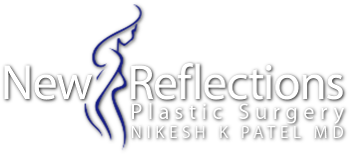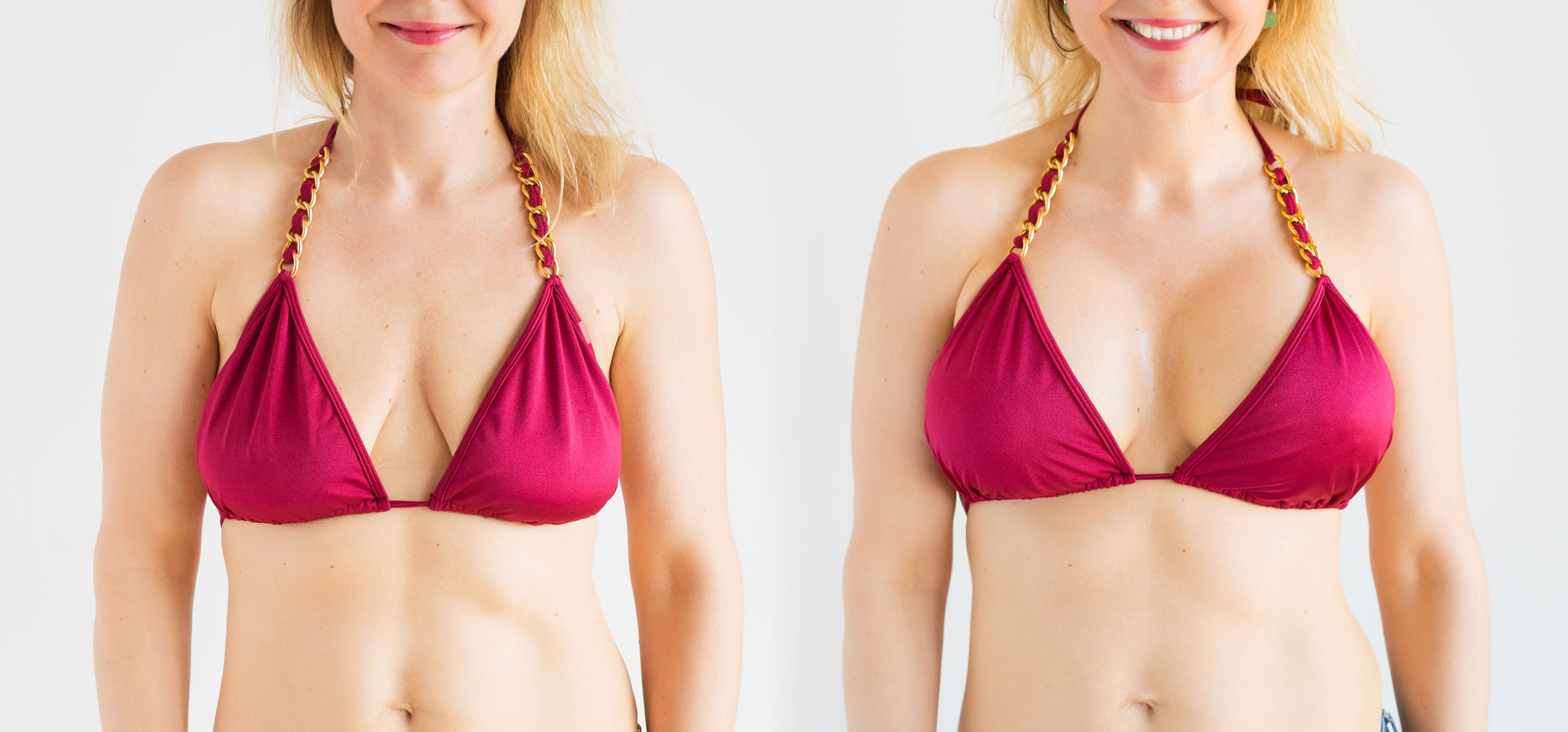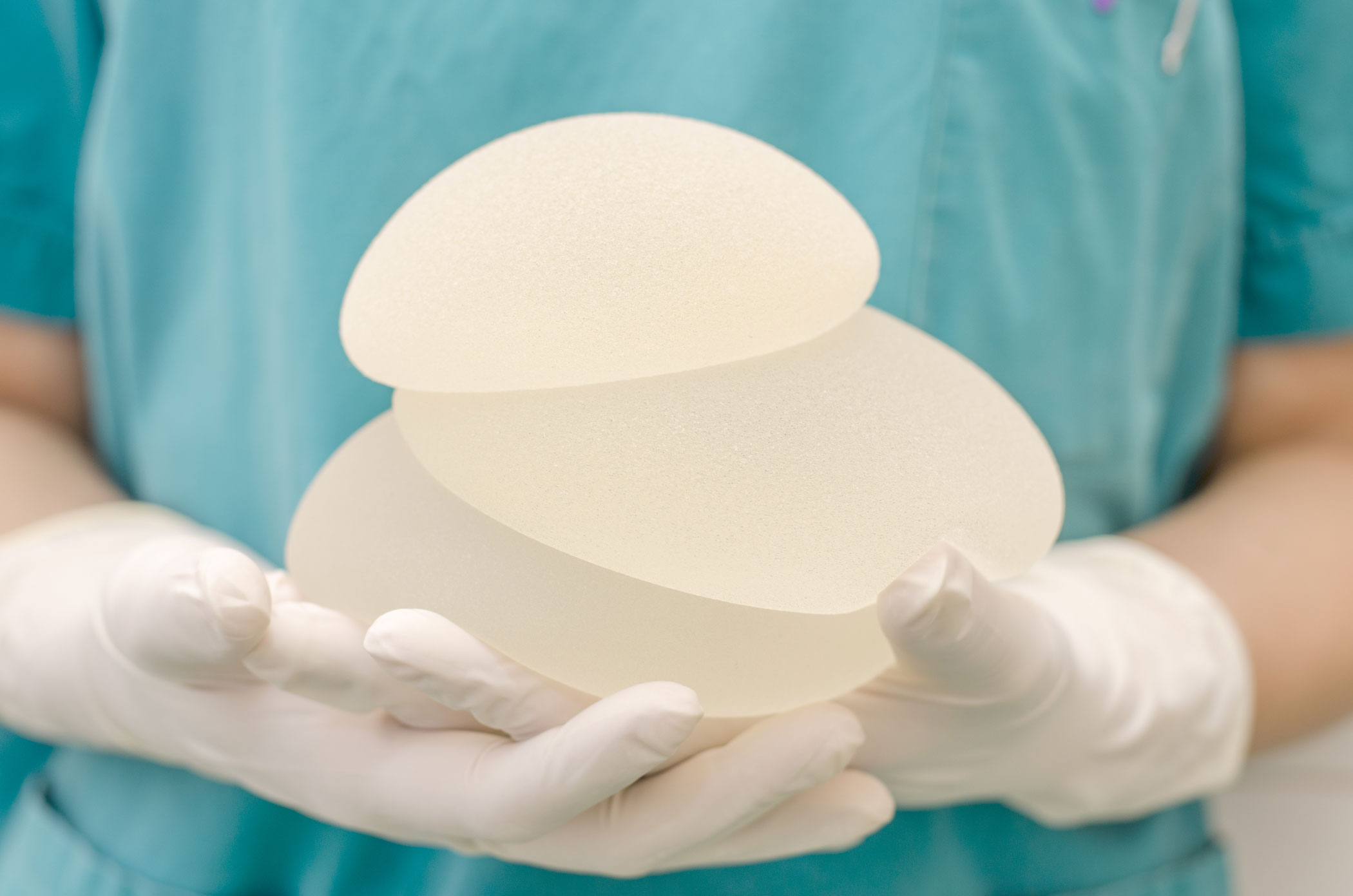Concierge Care: A Personalized Approach to Your New Look
Aging, pregnancy, weight changes, and genetics all influence how breasts change. Some women notice that their breasts begin to sag earlier than others, while some see changes after pregnancy or breastfeeding. A breast lift can help by eliminating excess skin, reshaping tissue and repositioning the nipple and areola. The surgery is an option for both patients who want only a minor adjustment and those seeking more noticeable correction. At New Reflections Plastic Surgery, we provide this procedure for women in Freehold, NJ, and nearby areas.
An Overview of Breast Lift Surgery
Breast lifts are a combination of art and science. Dr. Patel uses modern techniques that have been developed to minimize scarring and produce perkier and long-lasting results.
Scarring – Older methods use scars that look like an anchor. They go around your nipple, down the middle of the breast, and under the entire length of the breast fold. Newer techniques remove the last scar and leave only a fine line around the nipple and down the breast. Dr. Patel uses different stitching techniques that make these scars fine and even help them fade over time in most people, so you can barely see them.
Results – Older techniques, with three long scars, are used to give excellent results to begin with, but after a few months, things start to droop again. Dr. Patel uses newer methods that support the breast structure from the inside, almost like an internal bra so that your results last longer and you look perkier – like you used to.
Recovery – Since the surgery only involves breast tissue, fat and skin, the recovery time is only about three days. You can be out and about with your normal life in no time, as opposed to almost a week with other types of procedures.
What Is a Breast Lift?
A breast lift, also known as a mastopexy, is a procedure performed by a surgeon that corrects numerous breast concerns that revolve around breast sagging and lack of volume. It is an extremely popular procedure with more than 100,000 lifts being performed throughout 2020, according to a report from The Aesthetic Society.
Data from the American Society of Plastic Surgeons shows that breast lifts have grown in popularity by 70% since 2000. This trend indicates how trusted and effective breast lift procedures have become.
Why Choose Breast Lift Surgery?
As we go through the aging process, our body naturally goes through several different changes. We all develop those changes at different rates, but the degradation of our skin is a universal human experience.
The subsequent sagging that occurs is primarily because of two factors: genetics and environment. After the age of 20, it is estimated that you will lose 1% of your collagen production every year. Collagen is one of the most crucial proteins when it comes to having youthful, taut skin. Unfortunately, the loss of collagen production is also directly tied to genetics — something that nobody has the power to control.
Additionally, any time you have spent outside in the sun has had some kind of impact on your skin, and eventually, that damage will catch up and contribute to the signs of aging that pop up on your face. Pregnancy and nursing cause similar damage because of the changes that occur during the process.
If someone goes through a lot of weight fluctuation, this can also create a situation where the amount of skin in the breasts is more than what is needed to make a perky, taut appearance. The greater the fluctuation, the more severe the breast ptosis, or sagging, will be.
What Does Breast Lift Treat?
A breast lift can treat breasts that have become sunken or are sagging due to pregnancy, breastfeeding, weight fluctuations, aging, gravity or genetics. It can bring the breast tissue back to a full appearance and reposition the nipple to sit in a higher part of the breast.
If you find yourself with breast tissue or a nipple-areolar complex that is no longer bringing you confidence, then you may want to consider a breast lift.
Am I a Candidate for a Breast Lift?
If you meet the following criteria, then you are likely a good candidate for a breast lift procedure:
- Do not smoke or excessively consume alcohol
- Maintain a stable weight and active lifestyle
- Have breast ptosis or a misshapen nipple-areolar complex
- Have realistic expectations for the procedure
- Want the treatment for only your own happiness
Breast lifts are generally a good fit for most people who would like to improve the look of their bust, but some rare diseases or other preexisting conditions may prevent you from being a strong candidate. In those very rare cases, our team will work with you to find a solid alternative plan.
How Should I Prepare for a Breast Lift?
You should begin your breast lift journey by giving our office a call and scheduling a consultation with Dr. Patel. During your consultation, he will conduct a thorough examination, review your medical history and listen to your aesthetic goals and preferences.
Using that information and his wealth of experience, he will tailor a treatment plan perfectly for your conditions. You may be asked to get some lab work done, adjust certain medications, quit smoking and avoid aspirin and other anti-inflammatory drugs or herbal supplements.
You will also need someone to help care for you on the morning of your procedure. This includes driving you to and from the hospital since you will not be permitted to operate machinery at this time. It is useful if they are also there to help with small tasks in the first 48 hours.
Feel free to bring any questions or concerns you have because our expert staff is looking forward to providing you with as many answers as possible so that you feel comfortable moving forward in your decision-making.
Practical Home Preparation Before a Breast Lift
Prepare Easy Meals Ahead of Time
Plan your meals in advance so you will not need to spend long hours in the kitchen during recovery. Cooking and freezing simple, balanced meals helps you maintain proper nutrition while reducing physical strain in the days after surgery. You can also stock your refrigerator with healthy snacks, pre-cut fruits and ready-to-heat items to make eating well much easier while you are focused on healing.
Prepare Your Sleeping Area
Set up a comfortable space where you can rest with your upper body slightly elevated, since this position helps limit swelling. Extra pillows or a reclining chair provide support and make it easier to get up without straining your chest.
Prepare a Recovery Station
We recommend that all of our patients set up a recovery station the night before a procedure is performed. A comfortable space with everything you need during your recovery will help prevent you from overworking or fatiguing yourself during the critical recovery period.
Make sure everything you would need during your recovery is within arm’s reach. Electronics, books, magazines, chargers, remotes, snacks, drinks, medications — anything that you might find yourself getting out of bed for can be easily gathered in advance. It may seem trivial, but you will thank yourself later for putting in the work ahead of time.
Fill Prescriptions Ahead of Time
Collect all prescribed medications before your surgery date to avoid last-minute errands when you should be resting. Pain relief and antibiotics, if prescribed, are best to have ready and organized in a way that makes them easy to access. A pill organizer or clearly labeled bottles can help prevent confusion, especially when you are taking medication on a schedule.
Arrange Childcare and Pet Care
Make plans for childcare and pet care so your focus can remain on recovery. Arrange for a trusted family member, friend or sitter to help with daily routines such as school pick-ups, meals or walking your dog.
What Should I Expect from a Breast Lift Procedure?
The breast lift process can be broken into four parts: anesthesia, incisions, breast reshaping and wound closure.
Anesthesia
This is performed to ensure that you are safe and comfortable during your procedure. IV sedation and general anesthesia are both available, but the best option for your surgery will be determined well in advance during your consultation.
Incisions
There are three types of incisions that can be made during a breast lift, depending on the amount of correction that is required.
The first is called a periareolar lift, which makes a circular incision around the entire nipple-areolar complex. It provides the least amount of access for correction and scarring.
The lollipop lift uses a periareolar lift as well as a vertical incision from the nipple to the bottom of the breast fold. This method has more scarring and potential for correction.
Finally, the anchor lift is the most extensive incision performed for breast lift procedures. It requires all the incisions of the lollipop lift, but also includes additional horizontal incisions on the bottom portion of the breast. This method is reserved for the most severe cases of breast ptosis.
The anchor lift is considered to be a bit outdated by today’s standards, but it can still be used for patients with severe amounts of breast sagging to correct. The right approach will be decided prior to your procedure by both you and Dr. Patel.
Breast and Nipple Reshaping
Dr. Patel will reposition and excise excess breast tissue to create a tighter appearance. Once the tissue is in a good place, we will then get to work on the nipple-areolar complex, doing our best to find a balanced and harmonious location for it. Dr. Patel will always discuss this with you ahead of time during your consultation so that he and you know exactly what the goals are when you arrive for your actual procedure.
Wound Closure
In order to minimize the appearance of scarring, Dr. Patel uses a unique stitching technique that creates very thin scars that fade over time in typical patients. It works almost like an internal bra. With enough time, many patients find that the scars become virtually invisible. Once the stitching is complete, bandages will be applied alongside drainage tubes. While the tubes are not always used, they help mitigate the amount of swelling and discomfort that can develop during the healing process.
What Should I Expect During Breast Lift Recovery?
Breast lifts have rapid healing times since the bulk of the work is being performed on fat and skin. The bulk of the recovery will occur during the first three days after your surgery. It is normal to experience minor pain, bruising, discomfort or swelling during that time. Many patients are able to cope with those side effects with over-the-counter medications, but prescriptions can be provided when necessary to cope with any lingering pain.
You will likely be given compression garments to wear over the treated area. It is important to use these tools as directed since they will improve your chances of successful recovery and satisfactory results. The light pressure on the tissue reduces the space that fluid has to build up, making sure you are also as comfortable as possible during the treatment.
How Much Downtime Should I Expect After Breast Lift Surgery?
Most women find that they can return to light desk work and other non-strenuous daily chores and activities within one to two weeks following their procedure, but every case is unique. Typically, during the first three days of recovery, you can expect to be resting at home while your body initiates the healing process.
For those who work more physically strenuous jobs, three or four weeks of recovery time may be required before being cleared to safely return to work. For example, any job that involves heavy lifting, repetitive arm movements or long periods of exertion will require a longer recovery period before it can be resumed. The same goes for athletes looking to return to training and competition.
You may feel capable of performing certain tasks before you are officially cleared to do so, but it’s vital that you trust the process and allow your body time to fully recover. Strain your chest muscles too early in the process, and you may experience unwanted complications.
Is the Breast Lift Recovery Process Painful?
As with recovery time itself, pain can vary from person to person, but most patients describe the discomfort as moderate and manageable. Breast lift procedures typically target fat and skin more than muscle, which helps to keep post-operative discomfort at a more reasonable level.
For the first few days after surgery, you can expect the area to feel tight, sore and sensitive. Many patients liken the feeling to soreness following an intense workout. We will provide you with personalized pain management protocols, including prescription medication as necessary for the early portion of the recovery window. Patients are generally able to transition to over-the-counter pain relief within several days.
Your discomfort will likely peak around the middle of the first week, after which it will steadily improve. Make sure to follow all post-operative guidelines, including wearing compression garments and avoiding certain activities.
What Kind of Results Can I Expect from a Breast Lift?
You can expect to see a significant improvement in the shape and perkiness of your breast appearance. Excess skin will be removed, keeping your nipple projection and breast shape at the ideal parameters.
Your results are permanent since everything that was removed can never return. But you should always keep in mind that future changes like weight fluctuations, pregnancy or even the natural aging process can continue to change the way your breasts look. There is no procedure that can prevent future changes from occurring, but touch-up surgeries can always be done to keep your breasts at their ideal appearance.
Maintaining a stable weight, wearing supportive bras and protecting your skin from excessive sun exposure can help you preserve your results for as long as possible. Many patients enjoy their results for 10 to 15 years or longer when well-maintained. If unwanted changes do occur, touch-up procedures can be performed.
Can I Combine My Breast Lift with Other Procedures?
Breast lifts are often combined with other surgical procedures. There are several benefits to combining procedures with your breast lift. The first is that you save a substantial amount of money on anesthesia and facility fees. The second is that the amount of time you are recovering is reduced dramatically. Lastly, surgery does come with some very rare risks, but minimizing the number of times you go under anesthesia decreases the chances of that risk from actualizing.
Here are some procedures that are commonly combined with a breast lift:
- Liposuction: Creating a new breast shape is about aesthetics, and aesthetics are all about balance. By trimming some unwanted fat away from the body, you can accentuate your new bust.
- Tummy Tuck: You can think of a tummy tuck like it is a breast lift for your abdomen. Many of the same experiences that damage the appearance of your breasts will affect your abdominal area as well.
- Mommy Makeover: If you don’t want to stop at correcting the damage that pregnancy and nursing have had on your breasts, you can address several different body parts at once in a procedure that focuses on restoring the bodies of mothers.
- Breast Augmentation: Combining a breast lift with implants can both raise the breasts and increase their size, with results that focus on both shape and size. Adding implants during a lift gives breasts a lifted position while also addressing loss of volume that sometimes develops after pregnancy, breastfeeding or weight changes.
- Breast Reduction: A breast reduction and lift can remove excess breast tissue while reshaping and repositioning the breasts for a more proportionate appearance.
Breast Lift FAQs
How Much Does Breast Lift Cost?
A breast lift typically costs between $5,000 and $9000. We recommend that you avoid “budget” practices since they often don’t have the appropriate amount of training necessary to provide you with the results you desire.
Can I Breastfeed After a Breast Lift?
Many women are able to breastfeed after a breast lift procedure, but it depends on the surgical technique and your anatomy. If the nipple and milk ducts remain connected to the underlying tissue, breastfeeding can still be possible. During your consultation, we review your medical history and goals to determine the best approach if you would like to keep that option open in the future.
How Long Will My Breast Lift Results Last?
The longevity of results from a breast lift surgery depends on factors such as age, genetics, weight stability and lifestyle. Breasts will continue to age naturally, but maintaining a steady weight and wearing supportive bras can help sustain the lifted shape.
How Much Time Should I Take Off Work After a Breast Lift?
Most women schedule about one to two weeks away from work to allow for an initial breast lift recovery period. Light activities are usually possible sooner, but strenuous exercise and heavy lifting should wait until we confirm your healing is progressing well. Planning ahead with work and home responsibilities makes it easier to focus on rest during those first days.
Ready to Start Your Breast Lift Journey?
If you are ready to learn more about how you can improve the appearance of your breasts, give our office a call at 732-354-3792. You can also fill out our online contact form if you would prefer to have a member from our team reach out to you at a better time. We know you need a reliable and trusted partner through this process, and we are ecstatic that you are choosing Dr. Patel at New Reflections Plastic Surgery to help you through this journey.
For more information, contact Nikesh Patel M.D directly with the “Let’s Start Now” form on the right!









